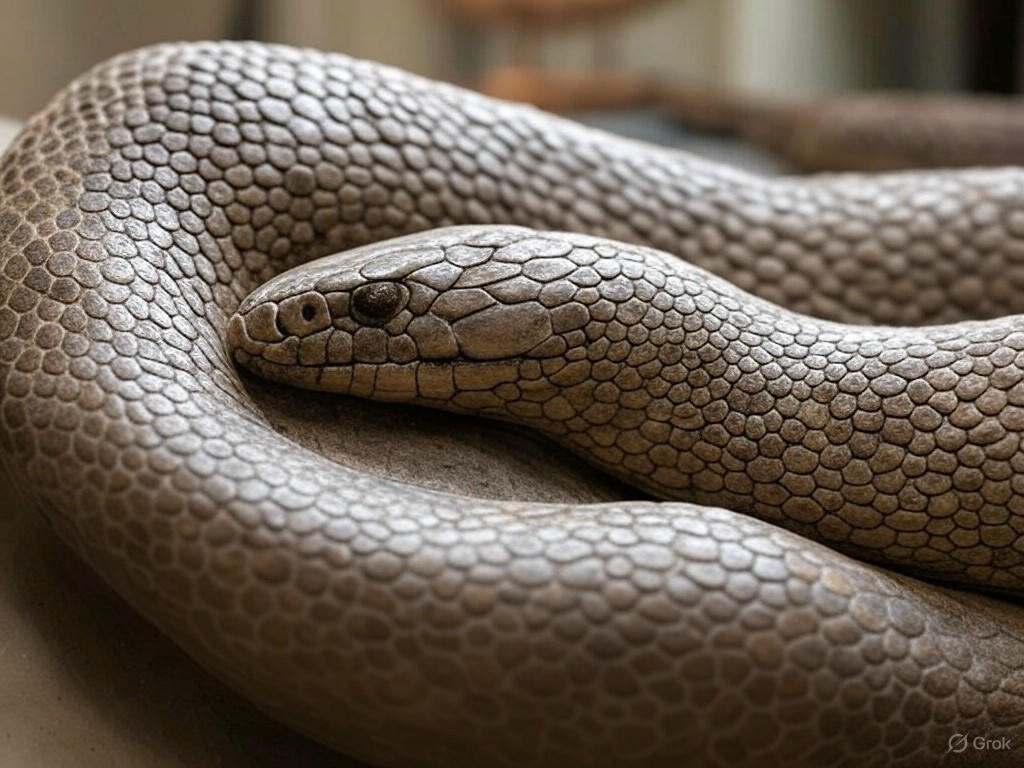Ancient Serpent Fossil Unearths New Clues to Reptile Evolution
A remarkable find in the rugged landscapes of Wyoming has sent ripples through the scientific community. Paleontologists have uncovered a 34-million-year-old snake fossil that offers fresh insights into the evolutionary journey of reptiles. This ancient serpent, preserved in astonishing detail, is providing a window into a time when the Earth’s ecosystems were vastly different, shedding light on how these slithering creatures adapted to a changing world.
The fossil, discovered in a remote sedimentary layer, dates back to the Eocene epoch, a period marked by significant climatic shifts and the diversification of many animal groups. What makes this specimen extraordinary is not just its age but the unique characteristics it displays. Unlike modern snakes, this ancient reptile appears to have retained subtle traces of limbs, hinting at a transitional phase in snake evolution. Researchers suggest that this could bridge the gap between early lizard-like ancestors and the legless serpents we know today. The discovery challenges long-held assumptions about how and when snakes lost their limbs, pushing the timeline of this transformation further back into prehistory.
Beyond its physical traits, the fossil also offers clues about the environment in which this snake thrived. Analysis of the surrounding rock layers indicates a warm, humid climate with dense vegetation—ideal conditions for a predator that likely relied on stealth and camouflage. Scientists believe this snake may have preyed on small mammals or birds, using constriction techniques similar to those of modern boas and pythons. This paints a vivid picture of an ancient ecosystem teeming with life, where early snakes played a crucial role as both predators and prey. The find also raises intriguing questions about how environmental changes influenced the evolutionary paths of reptiles, prompting further studies into the interplay between climate and biology.
This Wyoming fossil is more than just a relic of the past; it’s a catalyst for reevaluating the history of reptile evolution. Researchers are now combing through other fossil records to identify similar transitional species, hoping to piece together a more comprehensive story of how snakes became one of nature’s most enigmatic creatures. The discovery underscores the importance of paleontology in understanding the intricate web of life on Earth, reminding us that even the smallest bone fragment can rewrite chapters of history. As technology advances, scientists anticipate uncovering even more details from this specimen, potentially revealing genetic or behavioral traits that could further illuminate the snake’s ancient world.
In the grand tapestry of life, this 34-million-year-old serpent is a thread that connects us to a distant past. Its discovery in Wyoming is a testament to the enduring mysteries buried beneath our feet, waiting to be unearthed. As research continues, this fossil promises to inspire awe and curiosity, fueling the quest to understand the origins of the creatures that share our planet. Each finding like this brings us closer to decoding the evolutionary puzzles that have shaped life as we know it.


